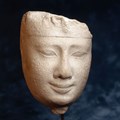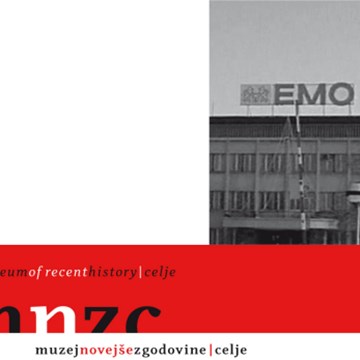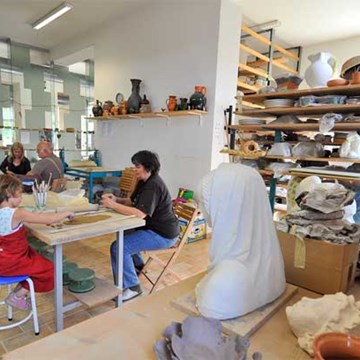Mummies Uncovered
The Museum of Fine Arts launched a programme at the beginning of the year aimed at the comprehensive examination of the four mummies preserved in its Egyptian Collection.
The objective of the Budapest Mummy Project was to “bring to life” four people who had lived in ancient Egypt, to reveal their past and to determine some of the biological features of the mummified individuals: their former features (facial reconstruction), possible illnesses, the time, cause and circumstances of their deaths, as well as the process and technique used in the mummification of their bodies. During the series of tests natural science and medical-diagnostic methods were applied in addition to Egyptology studies in order to reveal the secrets of the mummified bodies to the greatest possible extent, such applications including computer tomography, biopsy and radio carbon dating tests, and even DNA research. In addition to the staff of the Museum of Fine Arts, radiologists from the Radiological Clinic of Semmelweis University, anthropologists from the Department of Anthropology of the Hungarian Natural History Museum, as well as other researchers linked to the areas of examination also participated in the project.
Text source
Image source
Exhibitions and events

Old Master Paintings
Permanent exhibitionFrom our largest collection, the collection of Italian pictures, currently the Late Middle Ages, hallmarked by the works of Giotto and Duccio, as well as the Tuscan Early Renaissance, including the...

Egyptian Art
Permanent exhibitionThe permanent exhibition currently on view is third in the series of exhibitions that have provided visitors with an overview of the ancient culture of the Nile Valley, since the foundation of the...

Classical Antiquities
Permanent exhibitionIt displays nearly a thousand works of art from Classical Antiquities in five halls, and presents such world-famous pieces as the Greek Figure of a Maiden, known everywhere as the "Budapest dancer",...
Activities from this museum
We don't have anything to show you here.











